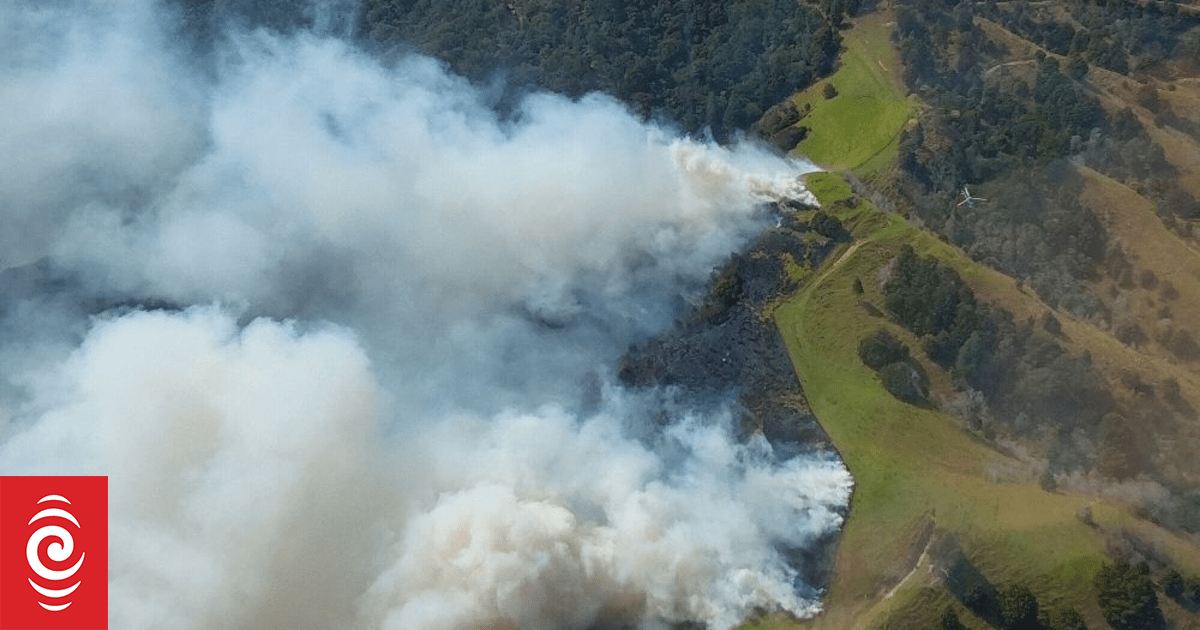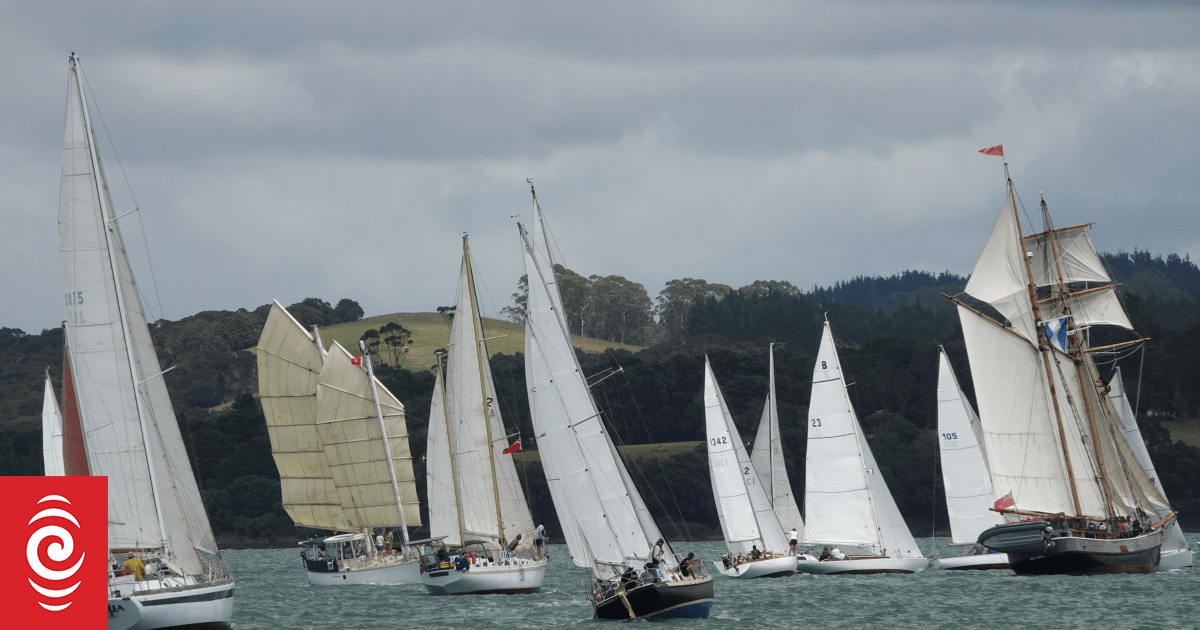Biosecurity New Zealand tested multiple snapper samples at its animal health laboratory and has not found any exotic or emerging diseases in the sick fish, Fisheries NZ acting director science and information Rich Ford said.
“Cataracts in the eyes, inflammation of the kidneys and fibrosis in the livers was consistently observed from fish received from Kaipara Harbour, Raglan, Whangārei Harbour and Paekākāriki,” he said.
Fisheries NZ contracted the Cawthron Institute to test affected snapper for the most common food-borne pathogens and contaminants, and to date has not found any cause for concern.
Until the testing is finished, it is not recommended to eat snapper with the symptoms, Ford said.
The snapper will now also be tested for aluminium – to see if they have higher levels than normal – after high levels of aluminium were discovered in the northern Wairoa River near Dargaville through voluntary water testing.
The tests by Cannalytic Profiling found aluminium levels more than 30 times the Australasian freshwater and marine guidelines at Dargaville Wharf and Tirarau Stream.
Ford said while environmental pollution can cause cataracts in fish, Fisheries NZ doesn’t have information on whether aluminium specifically can cause the symptoms observed.

New Zealand Food Safety is carrying out a risk assessment for consumers, based on the levels of aluminium detected in the fish and likely exposure through their diet, Ford said.
If there is a food safety risk, appropriate measures will be put in place. A high level of aluminium in the environment does not automatically mean a food safety risk, he said.
Aluminium in water could be natural, council says
Water testing of aluminium levels in the northern Wairoa River is continuing, as the aluminium levels discovered are potentially toxic for fish and other aquatic creatures.
The Northland Regional Council does not routinely test for aluminium as it is not usually a concern in Northland’s rural landscape.
However, it collected some sediment and water samples on July 24 and staff are now assessing the results, Colin Dall, group manager regulatory services, said.
The regional council has also received advice from Bob Cathcart, a Northland soils expert, who said the high aluminium levels found in the samples may be natural, as some of the soils in in the northern Wairoa catchment are known to contain naturally high levels of aluminium, Dall said.
Testing by Kaipara District Council shows the high levels of aluminium is not coming from its wastewater treatment plants along the river, a spokesperson said.
The district council tested on July 18 and found aluminium levels of 0.19mg/litre by the Dargaville wastewater treatment plant and 1.0mg/litre near the Te Kopuru wastewater treatment plant, much lower than the Dargaville Wharf result of 3.25mg/litre.
Additional samples will be run over coming weeks, due to the nature of the concerns about the high levels, the spokesperson said.
The Dargaville Ratepayers and Residents Association also plans to collect its own samples from the river, for Cannalytic Profiling to test.
Chairperson Rose Dixon said the levels of aluminium found are alarming and further testing is crucial.
Members of the association plan to collect about 50 samples from the northern Wairoa and its tributaries on Saturday, after a trip planned for August 3 had to be postponed due to bad weather.
Call ministry if you catch sick fish
The ministry said it currently has enough samples of snapper with the cloudy-eye symptoms from Kaipara Harbour, but is interested in samples of snapper from other areas or other species of fish from the harbour with similar symptoms, Ford said.
“We encourage all fishers who catch a fish that displays illness to call us on 0800-80-99-66. We’ll talk to them about the fish they have caught and determine if they should send a sample through to us.”
These fish should be kept chilled, not frozen and need to be sent to the laboratory for testing within 24 hours, he said.
Denise Piper is a news reporter for the Northern Advocate, focusing on health and business. She has more than 20 years in journalism and is passionate about covering stories that make a difference.



